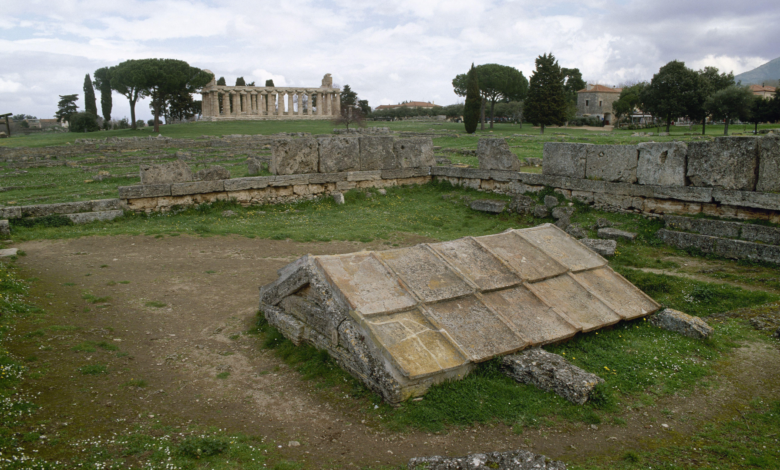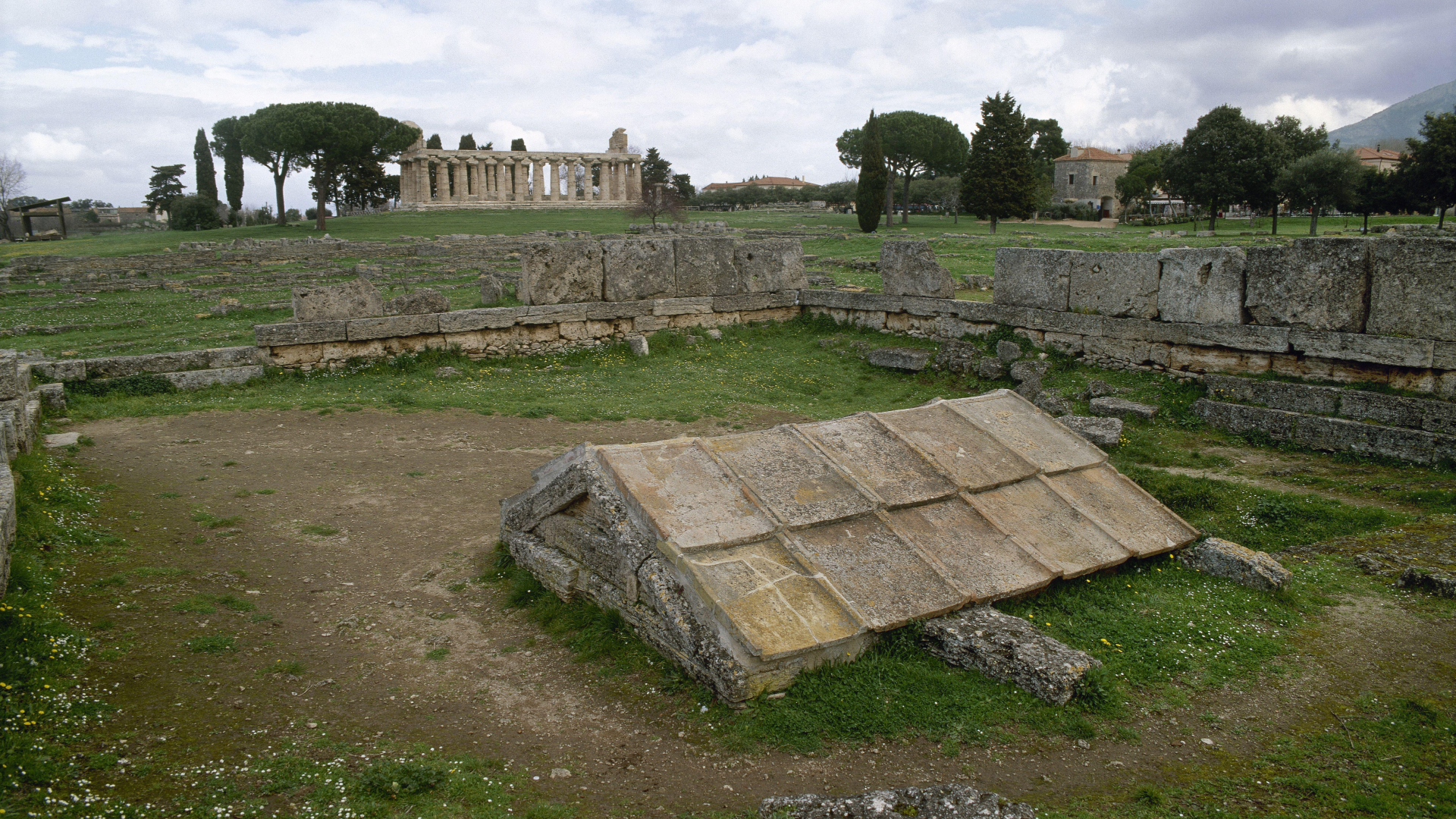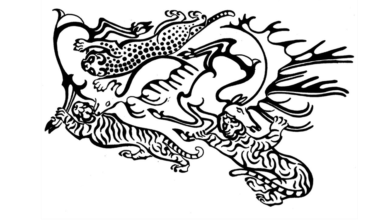Ancient ‘superfood’ discovered in 2,500-year-old bronze jars in southern Italy

Globs of sticky goo discovered in the bottom of 2,500-year-old bronze jars from southern Italy have been chemically identified, settling a 70-year archaeological debate.
It’s honey — the sweet leftovers of an offering to an ancient god.
A team of chemists and archaeologists used cutting-edge analysis techniques to test the paste-like residue. They concluded that the jars, which were found in the sixth-century-B.C. city of Paestum, originally contained honeycomb.
“What I find interesting is that the ancient Greeks did think that honey was a superfood,” study lead author Luciana da Costa Carvalho, a chemist at the University of Oxford, said in a video. The researchers published their findings Wednesday (July 30) in the Journal of the American Chemical Society.
Honey and honeybees were important in ancient Greek and Roman medicine, rituals, cosmetics and food. So when archaeologists found eight bronze jars in an underground shrine in 1954, they assumed that the jars contained honey as a symbol of immortality. Despite at least four attempts over seven decades to confirm the presence of the sticky, sweet substance, no evidence of sugars was ever found.
Related: Does honey ever go bad?
But Carvalho and colleagues decided to take advantage of recent advances in chemical analysis techniques and to reopen the question of the gooey substance’s origin.
Using mass spectrometry, a technique that can identify different molecules and compounds, Carvalho and colleagues identified intact hexose sugars in the ancient jar residue for the first time. Fresh honey is about 79% hexose sugars, the researchers wrote in the study, with fructose being the most abundant.
An analysis of the proteins in the ancient sample revealed the presence of royal jelly, a milky secretion made by worker bees. The researchers also recovered peptides — short amino acid chains that are smaller versions of proteins — unique to one species of honeybee: the European honeybee (Apis mellifera).

Adding up these analyses, the researchers wrote that the study presents the first direct molecular evidence supporting the presence of honey, likely offered as honeycombs.
“The amount of sugar in the ancient residue is very low compared to modern honey,” Carvalho told Live Science in an email. “I think the residue tastes like washed honeycomb but slightly more acidic,” Carvalho said, although she did not actually try it.
The researchers also identified copper ions in the honey mixture. Because these ions are biocidal, meaning they can kill microorganisms, “their presence would have contributed to the preservations of sugars on the surface of the residue,” Carvalho said, potentially explaining how the honey lasted thousands of years.
The analysis of the goop can help archaeologists better understand ancient rituals and shrines. The jars were found in an underground shrine, also called a heroon, at Paestum. The heroon also included a large, wooden table with wool-wrapped iron rods placed on top.
The offering may have been made to Is of Helice, the mythical founder of the ancient Greek city of Sybaris, located in what today is the arch of Italy’s boot. When Sybaris was destroyed in the sixth century B.C., its inhabitants fled and founded a city called Poseidonia. But when the Romans took it over in the third century B.C., they renamed the city Paestum.
The new study shows that “there is merit in reanalyzing museum collections because analytical techniques continue to develop,” Carvalho said in the video.
Source link




